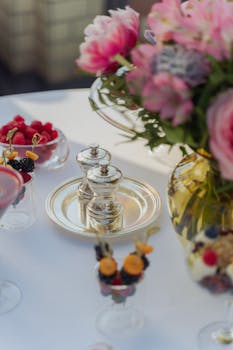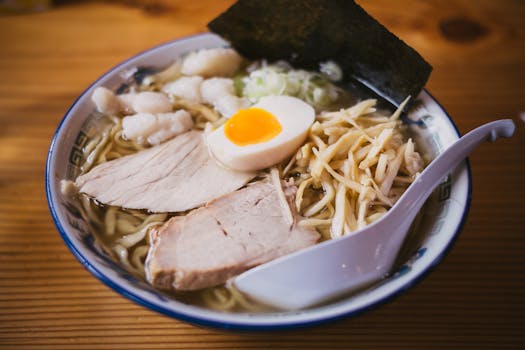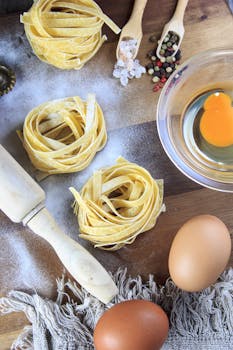Innovating beyond the kitchen, 'Salt and pepper to taste' can be repurposed in various intriguing ways
Imagine creating homemade exfoliating scrubs where the coarse texture of salt and the slight abrasiveness of ground pepper can invigorate the skin, removing dead cells for a radiant glow
These natural ingredients, when mixed with a base like olive oil, offer a chemical-free alternative to store-bought skin care
Taking creativity to art, salt and pepper can be used in crafting
Salt's granular texture adds a unique, tactile element to paintings or mixed media projects, while pepper can introduce unexpected speckled patterns
These common seasonings can be sprinkled over wet paint or glue for an added dimension of visual interest
In the realm of home fragrance, blending salt with pepper and aromatic herbs can create natural room scents
The salt acts as a preservative and diffuser for the aromatic oils in herbs and pepper, offering a subtle, earthy aroma when placed in open containers around the home or packed into sachets for drawers and closets
Lastly, embracing the trend towards eco-friendly solutions, salt and pepper can serve as natural pest deterrents in the garden
A light sprinkling around plants can deter slugs and ants without the use of harsh chemicals, making it a safe choice for households with pets and children
Salt and pepper are two of the most commonly used seasonings in cooking and can be found in almost every cuisine around the world. \n\nSalt, in its various forms, has been used for thousands of years and has a long history of being used as a preservative, flavor enhancer, and seasoning. Its origin dates back to ancient times when it was first discovered in salt mines or extracted from seawater. The exact origin of salt is difficult to pinpoint, as it has been used by various cultures throughout history. It is believed that salt was first used in the Middle East, particularly in ancient Egypt and Mesopotamia, where it was highly valued and even used as currency. From there, salt trade routes were established, and it spread to other parts of the world.\n\nPepper, on the other hand, is native to India and has been used for centuries in Indian cuisine. It was considered a luxury spice and was highly valued in ancient times. Pepper was one of the main commodities traded




